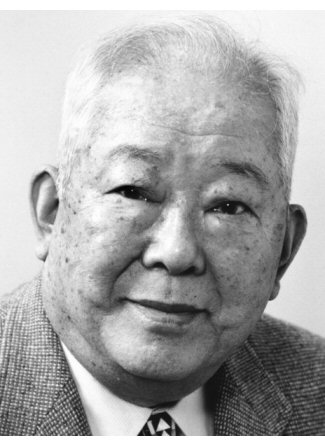45. Nobel Laureate Foresaw ITER is Bait-and-Switch, 2004 Article Reveals

Nobel Laureate Masatoshi Koshiba
Return to ITER Power Facts Main Page
Sixteen years ago, in 2004, Japanese Nobel laureate Masatoshi Koshiba spoke with Agence France-Presse about the ITER project. Here is a reprint of the article.
The most recent Japanese winner of the Nobel Prize for Physics on Friday questioned the validity of a multi-billion dollar nuclear fusion project his country is competing for against France to host.
Masatoshi Koshiba, 77, who shared the Nobel physics prize in 2002, told AFP that he had warned that the experiment to emulate the sun’s nuclear fusion might not live up to its billing in an article more than three years ago.
The 10 billion dollar International Thermonuclear Experimental Reactor (ITER) project aims to produce the clean, safe, inexhaustible energy of the future, but once operational, it is not expected to generate electricity before 2050. [Ed: See footnote.]
“I wrote … that the popular project ITER is like what is said in ancient China: ‘Sheep head and dog meat’,” Koshiba said, speaking in English.
“This implies that the shop says it is selling sheep meat but actually they are selling dog meat.”
Koshiba said he had also pointed out that before it could become the next energy source, nuclear fusion had to be proven to be both safe and economical, but no one had any experience in dealing with the sort of power it could unleash.
He added that the resulting energy could cost more than estimated if operations had to be halted to replace absorbers or walls.
But the professor emeritus at the elite Tokyo University said he was also scared that scientists were not in charge of the project.
“This project is not in the hands of scientists any more but in the hands of politicians and businessmen, so there is no chance scientists can make any change,” he said.
The project is a joint effort between the European Union, the United States, China, Japan, South Korea and Russia. The partners will share the cost, but competition is intense to host the project. The partners are to vote in late February on whether the French town of Cadarache or the northern Japanese village of Rokkasho-mura should house it.
They failed to decide on the site at a meeting in December, with Japan drawing backing from the United States and South Korea, while France won support from China and Russia. Earlier this week, Japan’s science minister argued that the Rokkasho site would win out on a fair assessment of technological merit, but suggested one country might house the reactor site and the other an information centre.
Text Copyright © 2004 AFP
New Energy Times Note: The AFP author wrote “it is not expected to generate electricity before 2050.” It’s even worse than the author understood: 1) ITER was never designed to produce electricity. 2) ITER was never designed, as a reactor system, to produce even one Watt of net power.

